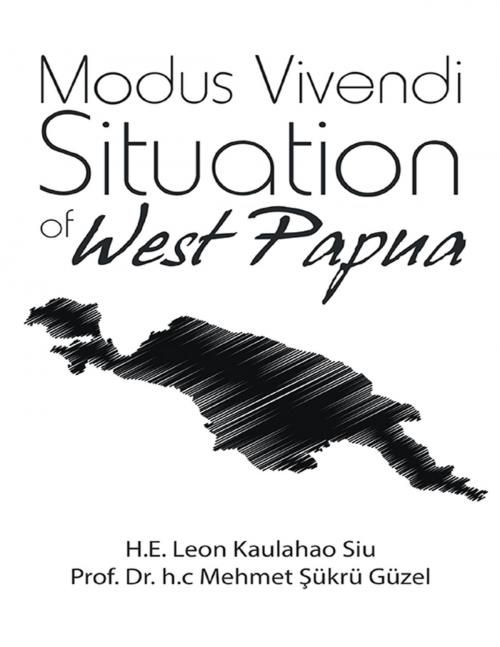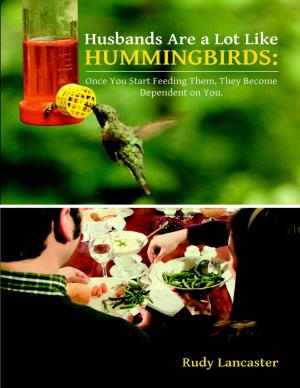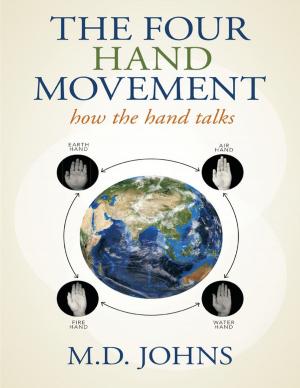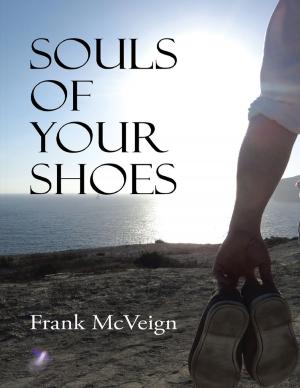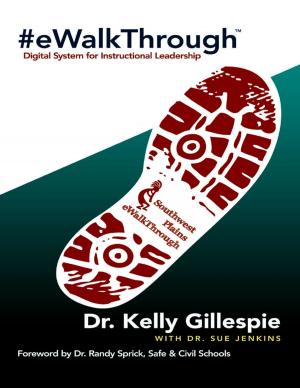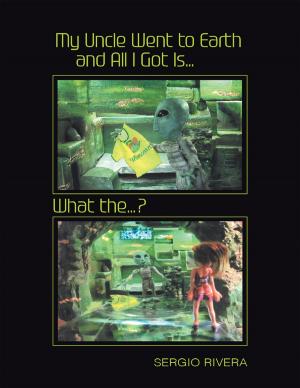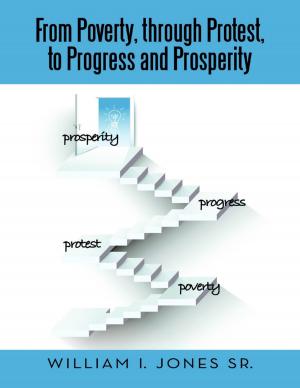| Author: | H.E. Leon Kaulahao Siu, Prof. Dr. h.c Mehmet Şükrü Güzel | ISBN: | 9781483479224 |
| Publisher: | Lulu Publishing Services | Publication: | January 29, 2018 |
| Imprint: | Lulu Publishing Services | Language: | English |
| Author: | H.E. Leon Kaulahao Siu, Prof. Dr. h.c Mehmet Şükrü Güzel |
| ISBN: | 9781483479224 |
| Publisher: | Lulu Publishing Services |
| Publication: | January 29, 2018 |
| Imprint: | Lulu Publishing Services |
| Language: | English |
West Papua is the western half of New Guinea, the second-largest island in the world, and unlike its neighbor Papua New Guinea, it is still struggling to gain its independence. While Papua New Guinea, a former Australian-administered territory, became independent in 1975, West Papua is under Indonesia’s control. The United Nations General Assembly provided the necessary support to carry out a self-determination referendum, but key administrative parties circumvented or subverted the process. As a result, West Papuans have been denied their freedom, which has caused massive suffering and loss of life. In this book on the current international status of West Papua, the authors explain the history of the island, from its discovery along the spice route in the 1500s to the arrival of the Portuguese, Spanish, and Dutch—up to the present day. More importantly, they explain how West Papua could gain true independence if the United Nations and its members fulfilled their legal and moral obligations.
West Papua is the western half of New Guinea, the second-largest island in the world, and unlike its neighbor Papua New Guinea, it is still struggling to gain its independence. While Papua New Guinea, a former Australian-administered territory, became independent in 1975, West Papua is under Indonesia’s control. The United Nations General Assembly provided the necessary support to carry out a self-determination referendum, but key administrative parties circumvented or subverted the process. As a result, West Papuans have been denied their freedom, which has caused massive suffering and loss of life. In this book on the current international status of West Papua, the authors explain the history of the island, from its discovery along the spice route in the 1500s to the arrival of the Portuguese, Spanish, and Dutch—up to the present day. More importantly, they explain how West Papua could gain true independence if the United Nations and its members fulfilled their legal and moral obligations.
